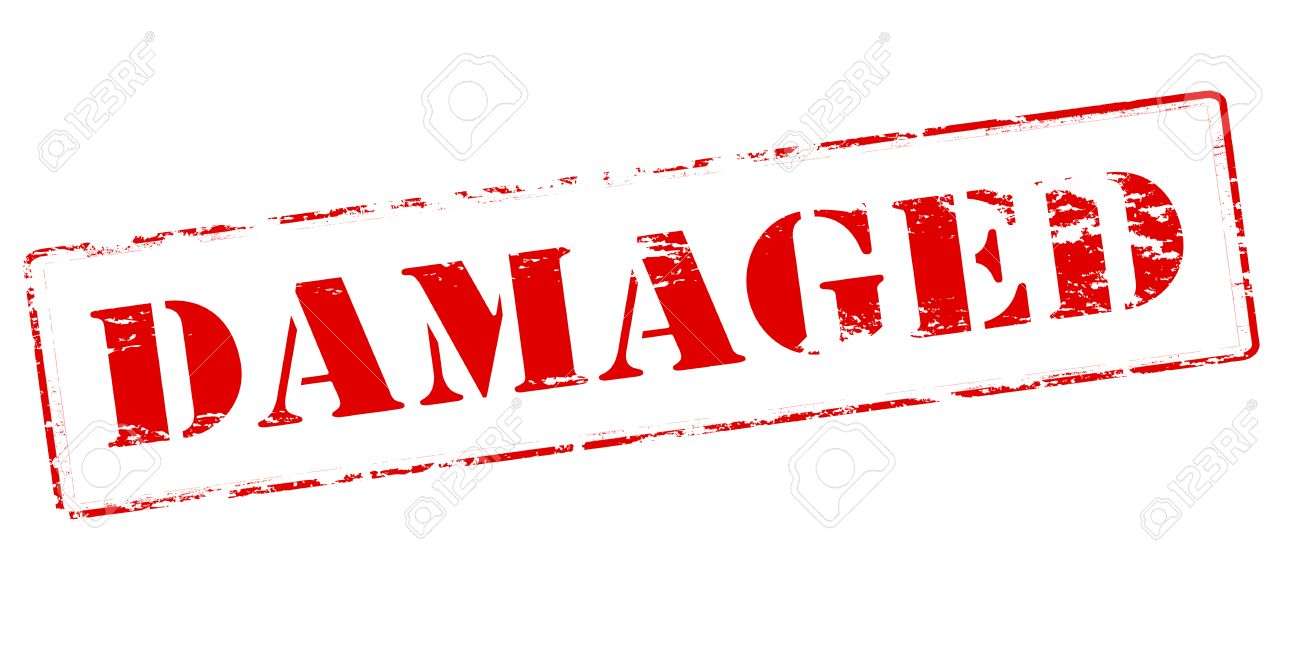The Volokh Conspiracy
Mostly law professors | Sometimes contrarian | Often libertarian | Always independent
The Unknown History of State Constitutional Prohibitions on Government Actions that "Damage" Property without Compensation
Many state constitutions require the government to pay compensation when it acts in ways that "damage" private property. An important new article by legal scholar Maureen Brady reveals the previously ignored history of these provisions, and the lessons that can be learned from it.

The Fifth Amendment to the federal constitution and virtually all state constitutions require the government to pay compensation when it "takes" private property. But many state constitutions also require compensation for government actions that "damage" property. Until now, these "Damagings Clauses" have largely been ignored by legal scholars - and also by property rights advocates. But an outstanding new article by University of Virginia law professor Maureen "Molly" Brady could help change that. She sheds light on the origins of these clauses in the late nineteenth and early twentieth centuries, the ways in which they have been largely gutted by court decisions, and what can be done to reuscitate them today. Here is the abstract:
Twenty-seven state constitutions contain a clause prohibiting the "damaging" or "injuring" of property for public use without just compensation. Yet when compared to its relative, the Takings Clause of the Federal Constitution—which says that private property cannot be "taken" for public use without just compensation—the ways in which state courts interpret and apply their "damagings clauses" have remained opaque and virtually unstudied.
This Article recovers the hidden history of the state damagings clauses. It traces the clauses to the threats to private property posed at the turn of the twentieth century as a result of rapid infrastructural improvement. These state constitutional provisions were meant to fix perceived inequities resulting from strict application of takings law: many jurisdictions would not recognize a right to compensation when public works affected use rights and drastically devalued property but did not physically invade or appropriate it. Drafters envisioned the damagings clauses as a powerful bulwark for property owners whose livelihoods and homes were affected yet not touched by public works. However, as state courts were tasked with the brunt of the interpretive work, their rulings coalesced around a variety of doctrinal limitations that severely undercut the clauses' potency. As a result, modern interpretations of the clauses mainly provide coverage in a variety of contexts where the offending activity would already qualify as a physical-invasion taking under most federal precedents.
This Article argues that the damagings clauses deserve broader applications in condemnation law. Damagings comprise a more limited and historically supported category than regulatory takings, for which courts have long awarded compensation. Moreover, courts already try to mandate compensation for some of these types of injuries by manipulating ordinary takings law, leading to unnecessary doctrinal confusion. As a new wave of infrastructural growth looms, it is time for professors and practitioners to return their attention to these forgotten provisions of the state constitutions.
In the article, Prof. Brady explains how damagings clauses were enacted in order to compensate owners for harm inflicted by new infrastructure development that was not covered by the then-dominant interpretation of state takings clauses, which generally required either a physical invasion or occupation of the property or (in the case of regulatory takings) direct restrictions on the owner's right to use the land. This did not cover such situations as the creation of various types of pollution, debris, and access barriers that sometimes rendered property difficult or impossible to use. But, while the wording of the clauses and the originally understood meaning, suggested they should apply broadly, Brady shows that over time courts in most states effectively gutted them, restricting compensation only to cases where compensation was already likely to be required by state or federal takings clauses.
This history is a lesson in how a seemingly successful constitutional reform movement can be stymied over time by failure to follow up on early victories, and restrictive judicial applications. This experience is certainly worth considering, as modern property rights activists seek to combat abuses of eminent domain, and restrictive zoning. Often, enacting legislation or even (as in this case) passing constitutional amendments is just the beginning of the battle, not the end.
Brady identifies multiple possible reasons for the failure of the Damagings Clauses, including judges' concerns that enforcing them would impose too many constraints on building of new infrastructure. But one factor that is worth highlighting is the way in which the vagueness of the clauses make it difficult to distinguish between "damagings" (which require compensation), and mere diminutions of value (which do not).
This article is not the last word on Damagings Clauses. As the author recognizes, she does not provide a clear standard for expanding the use of these clauses in the future, though she makes a good case that the current highly restrictive approach adopted by most state courts is defective. There is also more work to be done in explaining how and why these clauses were rendered largely toothless over time. But the piece is a major step forward in our understanding of this important and unduly neglected episode in the history of legal battles over property rights. If you have any interest in takings law, property rights, or constitutional reform movements, you should check it out!
Editor's Note: We invite comments and request that they be civil and on-topic. We do not moderate or assume any responsibility for comments, which are owned by the readers who post them. Comments do not represent the views of Reason.com or Reason Foundation. We reserve the right to delete any comment for any reason at any time. Comments may only be edited within 5 minutes of posting. Report abuses.
Please to post comments




I guess I should read the article, but isn't it clear from Barron v. Baltimore that the takings clause was understood to include the government harming private property? The case concerned wharf owners who sued Baltimore for making their wharf useless by causing the harbor near it to get silted (is that a word?) up. The claim was that since the Fifth Amendment didn't say WHO couldn't take private property without compensation, states were included in it. To which Marshall replied, no, the federal Constitution is for the federal government unless it says otherwise. But no one said that since the state didn't actually take the wharf, just damaged its usefulness, the takings clause doesn't apply.
I believe case law requires that pretty much 100% of the value of one's property be extinguished for that kind of harm to constitute a taking requiring compensation (could be mistaken though, as I'm going by memory).
California has strong inverse condemnation protection in its own constitution, more or less creating strict liability against the government for such damage (e.g., a water main breaks because it's old, and floods one's property or causes a landslide, and the government is on the hook?plus, the plaintiff gets his attorney's fees). In fact, the power companies in California have been lobbying Gov. Brown and the Legislature hard to undo this type of strict liability for fires that were started by power lines knocked down by strong winds, or power lines that ignited trees when the branches were allowed to grow to the wires, etc.
I wonder though, if the bigger problem is not the government's artificially restricting the value of land through infrastructure projects, but artificially increasing it through zoning.
Should a property owner have a claim against the government when an exception to an existing zoning regime allows an adjacent property owner to build something that somehow diminishes the value of their property? For example, if an adjacent property owner is allowed to build something that blocks the view from a property. Or how about the case of government merely allowing more houses to be built in the same geographic region, thereby reducing the rental value of existing stock? Should government have a duty to maximize the potential returns that could accrue to landowners if building was restricted?
Isn't one of the most socially desirable things government can do is to allow new housing? But doesn't that also decrease the value of property of existing property owners, relative to a more restrictive regime? And, in practice, isn't the huge returns that accrue to landowners due to restrictions much more significant monetarily than whatever diminishment in value occurs due to infrastructure projects?
And how about going the other way? If the government has to compensate any landowner whose property is incidentally decreased by an infrastructure project, why shouldn't landowners compensate the government for any infrastructure project that incidentally increases the value of their property? Why should this be a one-way racket?
And why should it only be landowners that are compensated for the costs of government regulations. Why shouldn't renters be compensated by the government when regulations restricting housing development increase the amount of rent they pay?
Should government have a duty to maximize the potential returns that could accrue to landowners if building was restricted? - No.
. . . why shouldn't landowners compensate the government for any infrastructure project that incidentally increases the value of their property? They pay increased taxes.
It seems like a lot of your questions can be (and are) addressed with zoning laws/regulations.
So each locale makes its own decisions about what is appropriate, i.e. new buildings, restrictions, usage, etc.